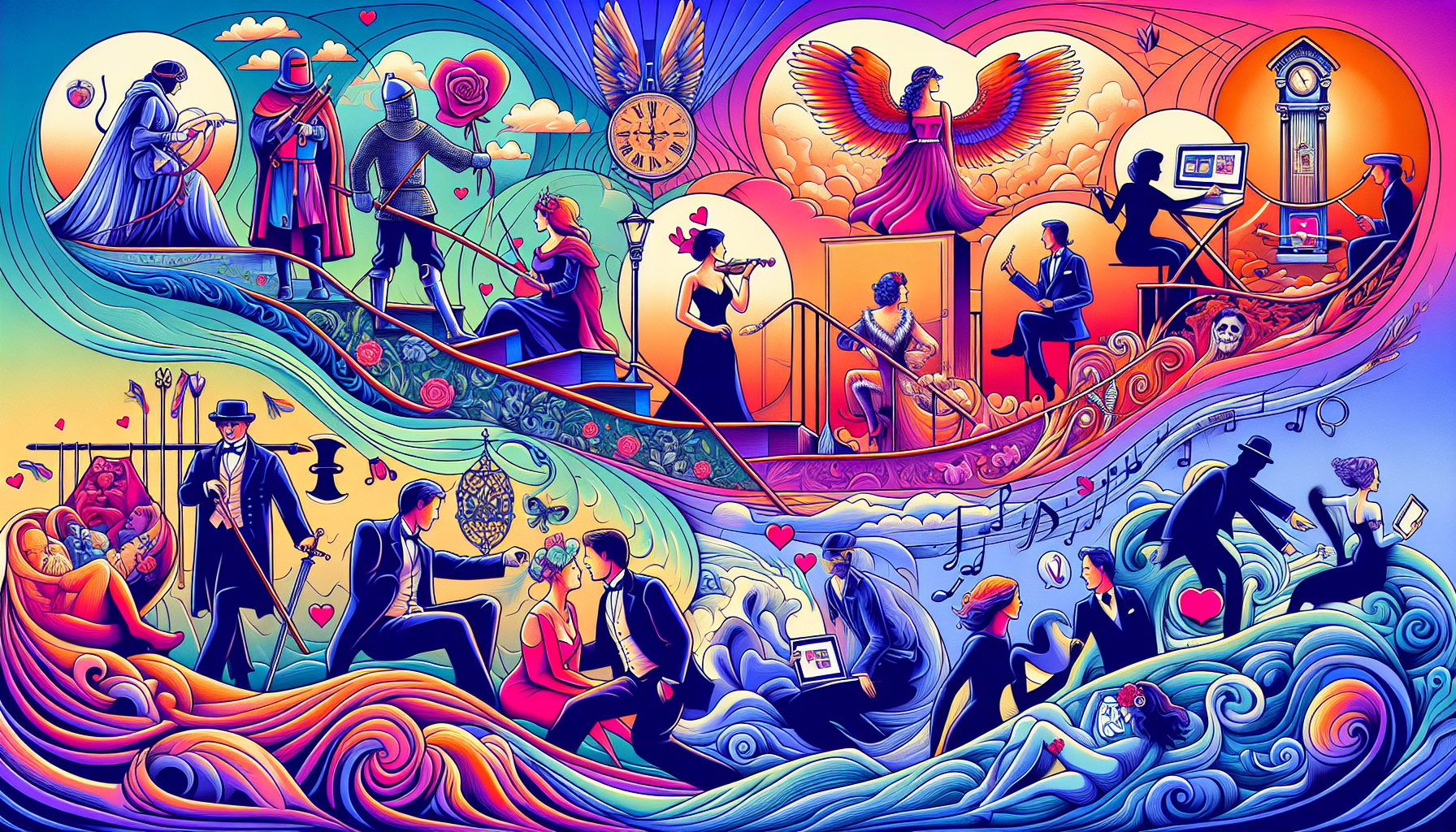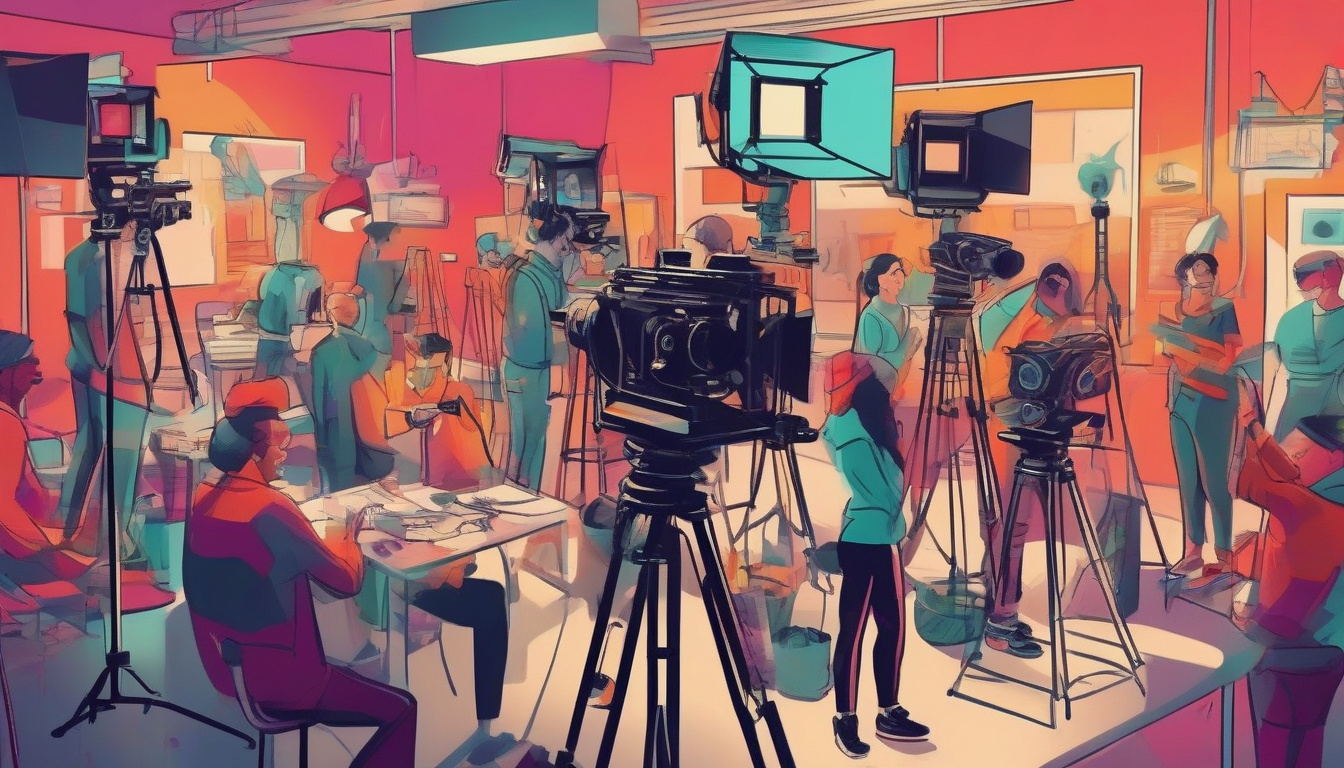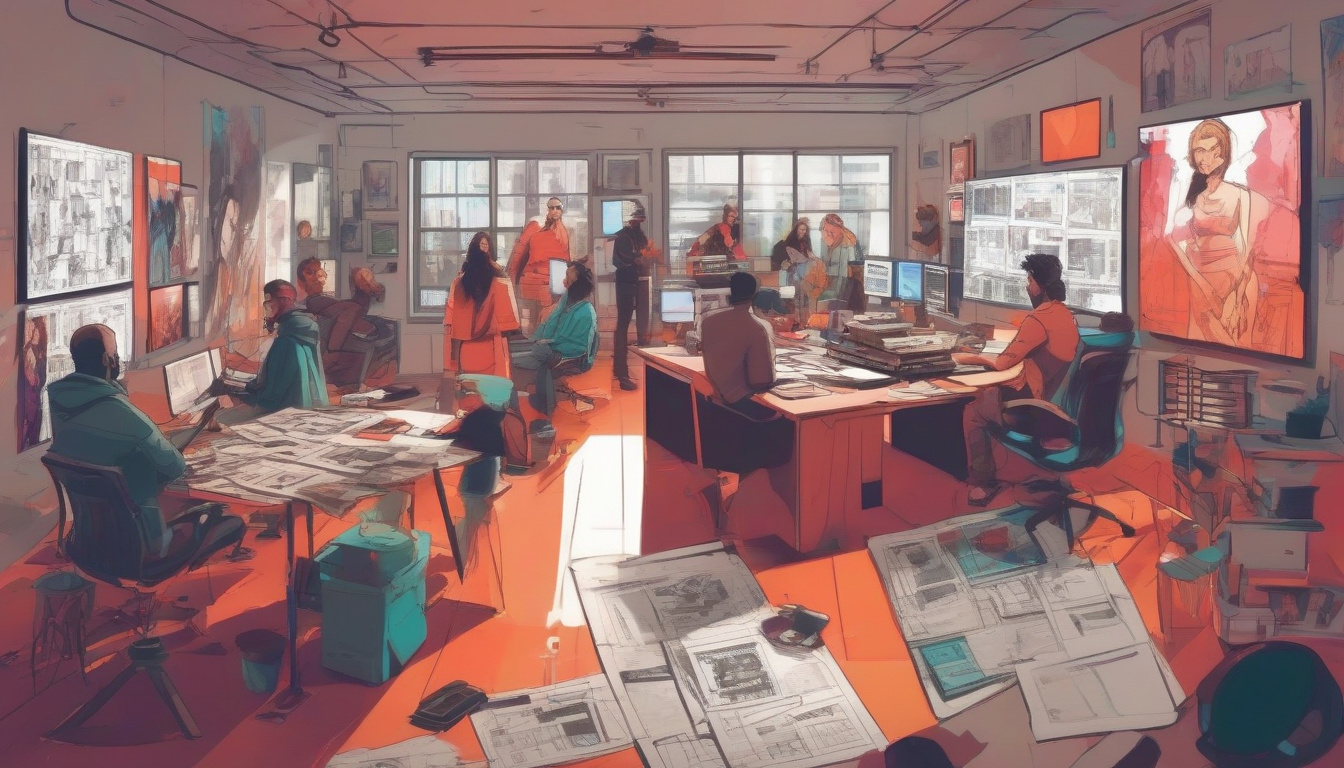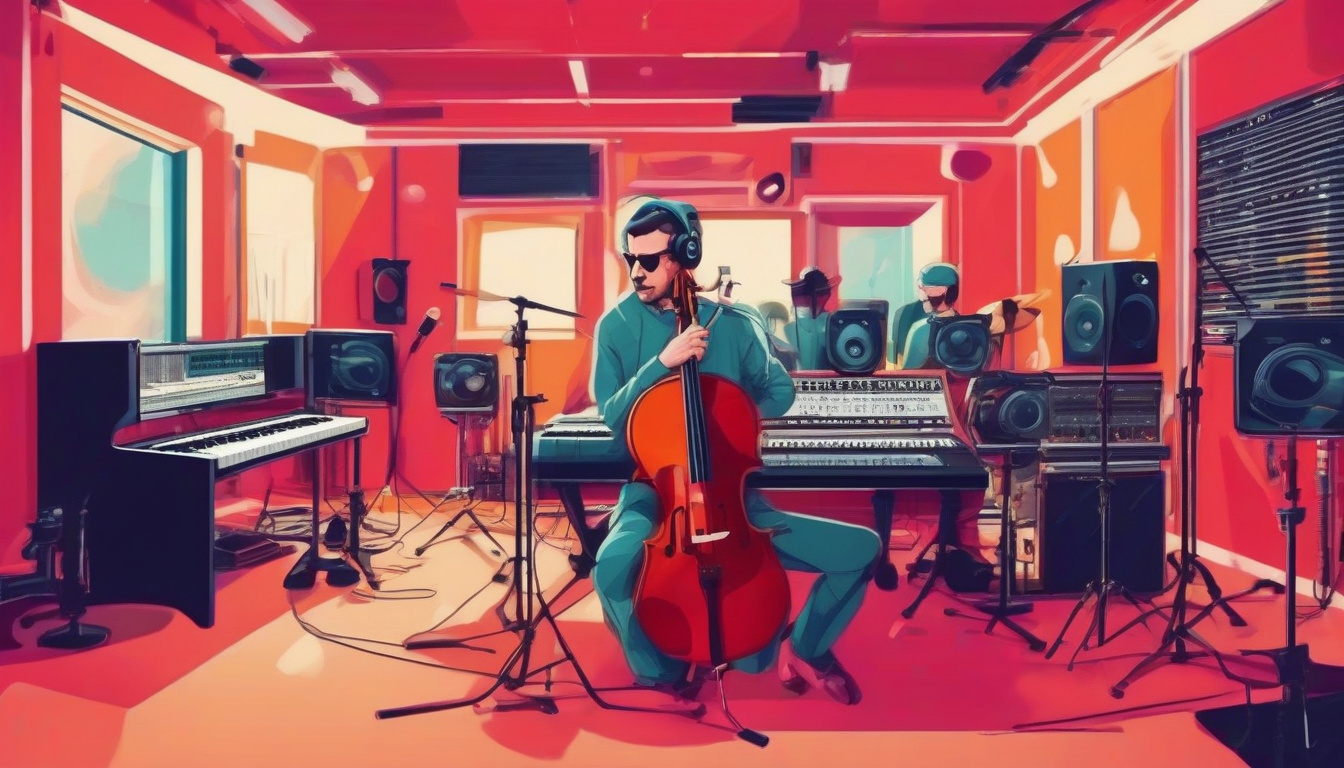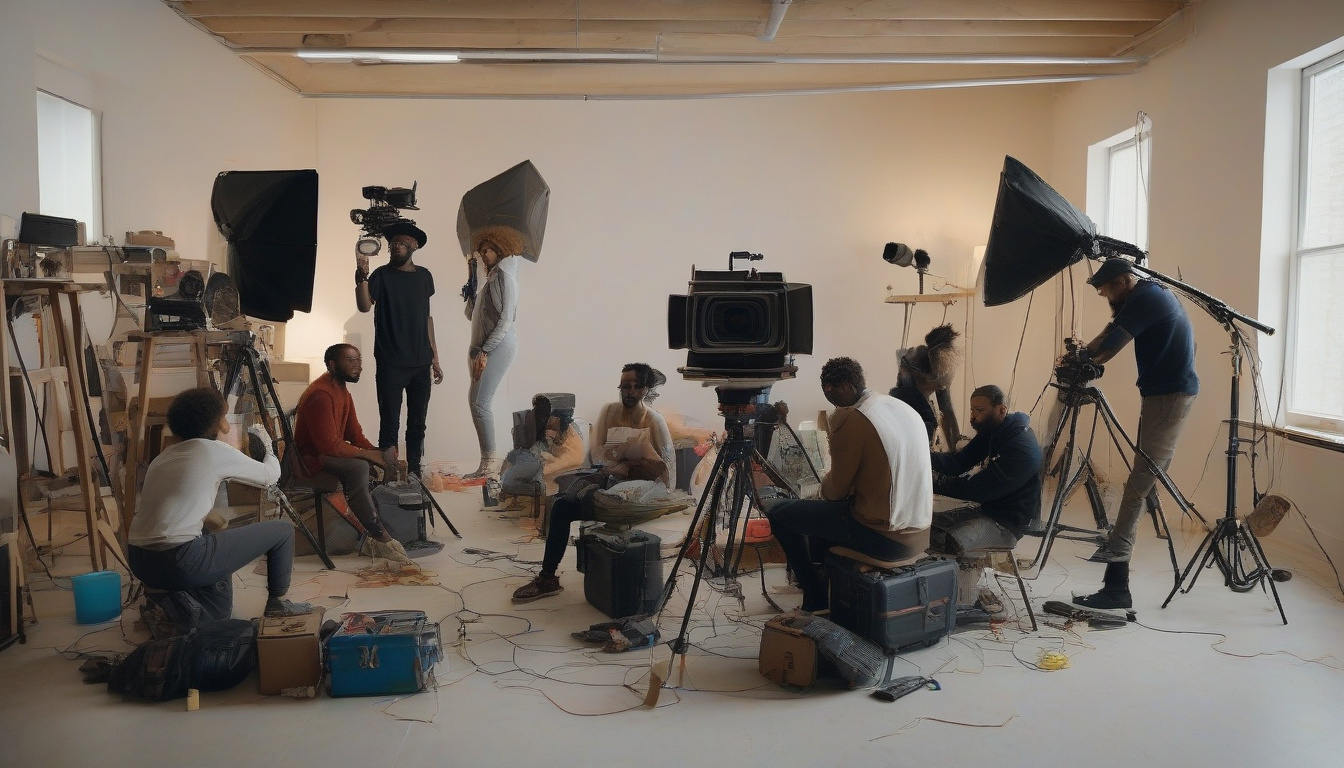The Timeless Dance of Love: Its Evolution in Romantic Tropes and Archetypes
Love, in its essence, is a universally experienced emotion; yet, the portrayal of love and romance has undergone a significant transformation throughout literary and cinematic history. This evolution of romantic tropes and archetypes mirrors societal changes, reflecting evolving social norms, cultural expectations, and philosophical understandings of love itself. From the chivalrous quests of knights for their fair maidens to the complex web of relationships depicted in contemporary narratives, the portrayal of romance continues to adapt, reflecting and influencing the way societies perceive love and relationships.
The Traditional Archetypes and Tropes of Romance
Traditionally, romantic narratives have leaned heavily on a set of well-established tropes and archetypes. These include the ‘damsel in distress’ being rescued by the ‘knight in shining armor’, the idea of ‘love at first sight’, and the concept of ‘soulmates’ destined to be together despite all odds. These classic narratives often emphasized the pursuit of love as a noble quest, with clear roles defined by gender stereotypes. The characters were less complex, and their motivations often boiled down to the fulfillment of their love story, defined by societal norms of the time.
The Impact of Modernization on Romantic Tropes
As societies evolved, so did their stories of love. The 20th and 21st centuries have seen a marked shift in how romance is portrayed, influenced by changing social norms, the feminist movement, increased awareness of LGBTQ+ rights, and a deeper understanding of human psychology. Modern narratives tend to reject the simplistic roles of yesteryears, favoring more complex and flawed characters. This period witnessed the rise of tropes such as ‘enemies to lovers’, which emphasizes the dynamic nature of relationships, and ‘friends to lovers’, which highlights the importance of a strong emotional connection and friendship as the basis of romantic love.
Diversification and Inclusion in Romantic Narratives
One of the most significant advancements in the portrayal of love has been the move towards inclusivity and diversity. The traditional heteronormative paradigm has been increasingly challenged, paving the way for LGBTQ+ relationships to take center stage in romantic narratives. Additionally, there has been a conscious effort to depict love stories across a spectrum of cultures, races, and social backgrounds, enriching the genre with a variety of perspectives and experiences. This diversification not only reflects the multifaceted nature of love but also promotes a broader understanding and acceptance of different forms of relationships.
The Role of Technology and Social Media in Contemporary Romance
In the digital age, romantic connections often begin online, a reality that contemporary narratives have begun to embrace. The trope of ‘online to real-life’ romance acknowledges the significant role that dating apps and social media play in modern relationships. This evolution highlights the impact of technology on the way people meet, communicate, and maintain relationships, presenting new challenges and opportunities for storytelling within the romantic genre.
In conclusion, the evolution of romantic tropes and archetypes is a testament to the adaptability of love as a central theme in storytelling. As societies continue to evolve, so too will the narratives that explore the complexities of love and relationships. By reflecting on the changing landscape of romance, storytellers not only capture the zeitgeist but also influence societal perspectives on love, relationships, and what it means to connect with another human being in a continually changing world.

